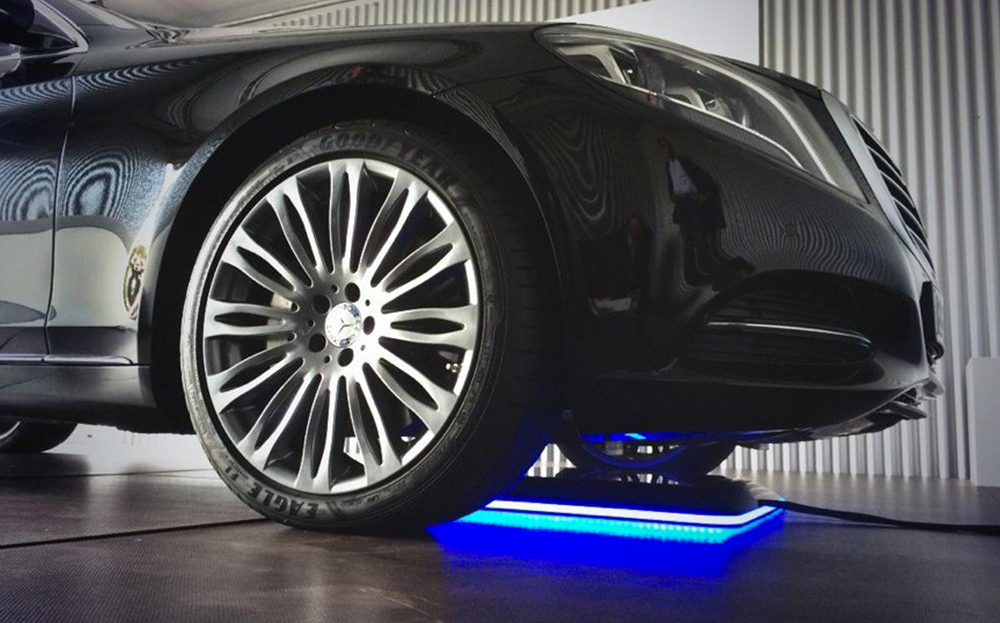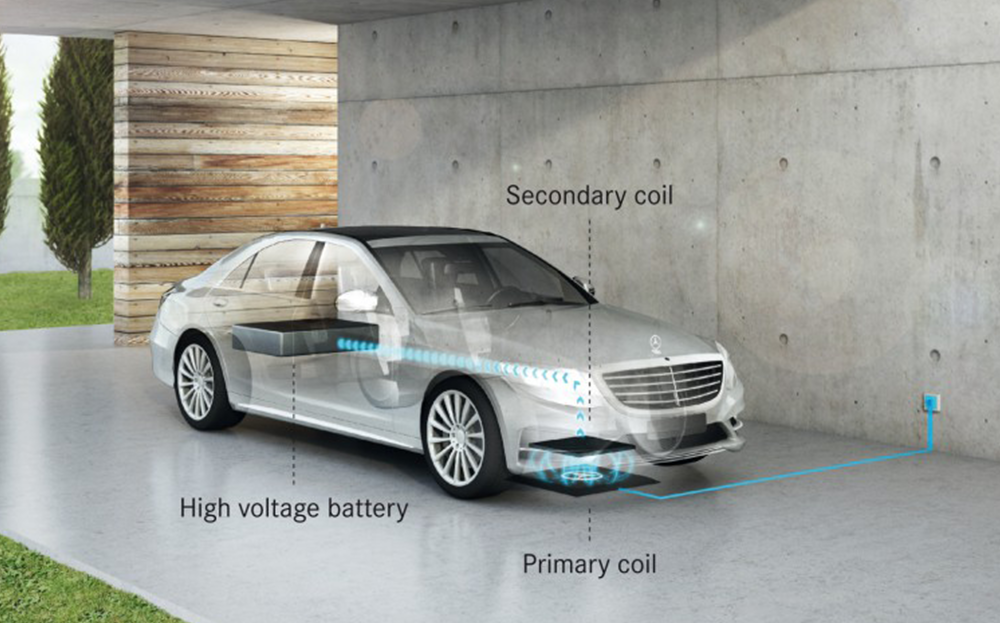News: Wireless charging for S-class hybrid just 18 months away, says Mercedes
System does away with cables

A CAR that can be charged like an electric toothbrush will be sold in Britain in about 18 months. Owners will be able to recharge the Mercedes S 500 plug-in hybrid without the need for an electrical socket, by parking over a pad that will transmit power to the battery wirelessly.
A full charge, which can take the car 20 miles on battery power alone before its V6 petrol engine kicks in, currently takes about three hours, although the vehicle is designed to work with faster charging technology that in future will cut this time in half. Electromagnetic shielding is said to ensure the charging does not interfere with other electronic devices, including pacemakers.
Search for and buy a Mercedes S-class on driving.co.uk
The S 500 plug-in hybrid is already on sale but upgrading it with the necessary equipment is unlikely to be a simple job when the wireless technology becomes available in 2016. The charging plate, which will be fitted beneath the engine, works in tandem with the floor pad via electrical induction. The company will arrange to install the floor pad on the owner’s driveway or in their garage.
When the car detects a nearby charging pad — with the aid of a wi-fi signal — its dashboard screen guides the driver so the charging plate is directly above the pad.
Last week Mercedes announced plans for a plug-in hybrid C-class model that is expected to be compatible with wireless charging too. Volkswagen aims to fit the technology to its electric cars by 2017 and BMW says its i3 and i8 electric models will eventually carry it.

There are plans too for a public wireless charging network. Mercedes is working with BMW and technology suppliers to develop a single standard, and ChargeMaster, which has a national electric-car charging network, has already installed the cabling required to convert its existing sites to wireless ones.
The real potential of the hardware, though, is in the possibility of charging cars on the move. Lines of induction points installed on roads could replenish batteries as vehicles drove over them. The theory is already being tested by buses on a short stretch of road in Gumi, South Korea, and organisers of the new Formula E racing series plan to use so-called dynamic charging — reminiscent of a giant Scalextric set — in future seasons.
Don’t know your BHPs from your MPVs? Click to take a look at our car jargon buster




